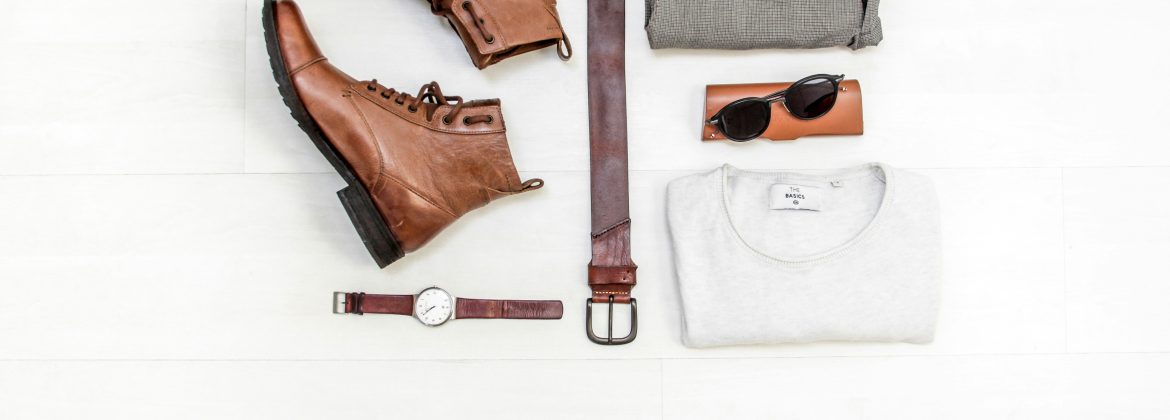The Evolution of Fashion and Apparel: A Journey Through Time
Fashion and apparel have been an integral part of human history, reflecting the social, cultural, and economic trends of each era. From ancient civilizations to modern times, clothing has played a significant role in defining identity, status, and personal expression. Let's take a journey through time to explore the evolution of fashion and apparel.
Ancient civilizations such as the Egyptians, Greeks, and Romans placed great importance on clothing and accessories. In Egypt, linen was the fabric of choice, while in Greece, draped garments like the chiton and peplos were common. The Romans, known for their togas, also embraced a wide range of clothing styles and materials.
During the Middle Ages, fashion became more elaborate and luxurious, with the rise of sumptuary laws regulating what people of different social classes could wear. The Renaissance period saw a revival of classical styles, with elaborate gowns and intricate embroidery becoming popular.
The Industrial Revolution in the 18th and 19th centuries brought significant changes to the fashion industry, with the mass production of clothing leading to the rise of ready-to-wear garments. This era also saw the emergence of fashion houses and designers who revolutionized the way people dressed.
The 20th century witnessed rapid changes in fashion, with the introduction of new materials, styles, and trends. The flapper style of the 1920s, the glamour of Hollywood in the 1930s, and the youth-driven counterculture of the 1960s all played a role in shaping the fashion landscape.
Today, fashion and apparel continue to evolve at a rapid pace, influenced by a variety of factors such as technology, globalization, and sustainability. The rise of fast fashion brands has made clothing more accessible and affordable, but has also raised concerns about its environmental impact.
Despite these challenges, the fashion industry remains a vibrant and creative force, with designers pushing boundaries and redefining traditional notions of beauty and style. From haute couture to streetwear, there is a wide range of options for consumers to express themselves through their clothing choices.
In conclusion, fashion and apparel have come a long way since ancient times, reflecting the changing tastes and values of society. As we look to the future, it will be fascinating to see how fashion continues to evolve and adapt to the ever-changing world around us.

